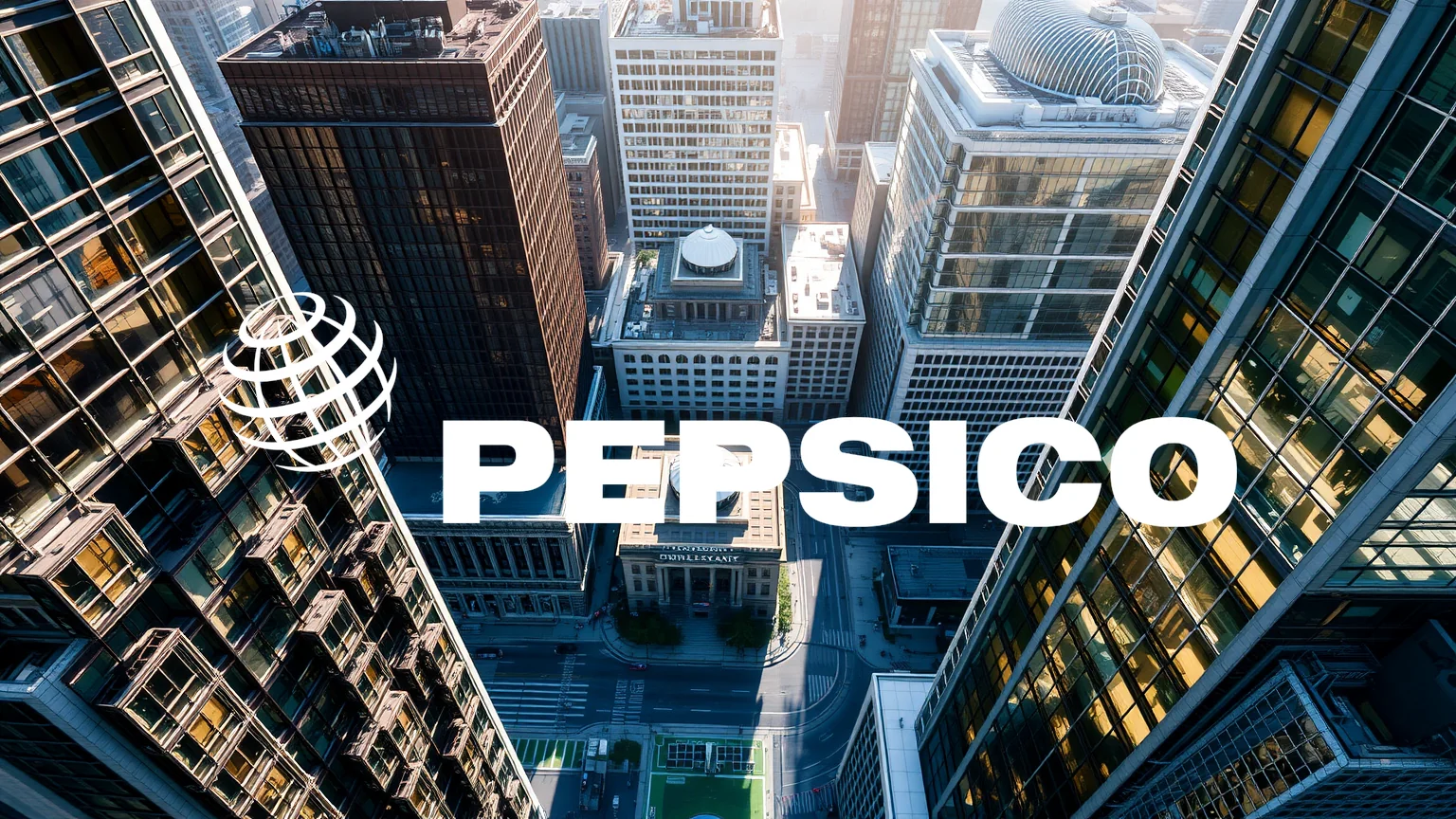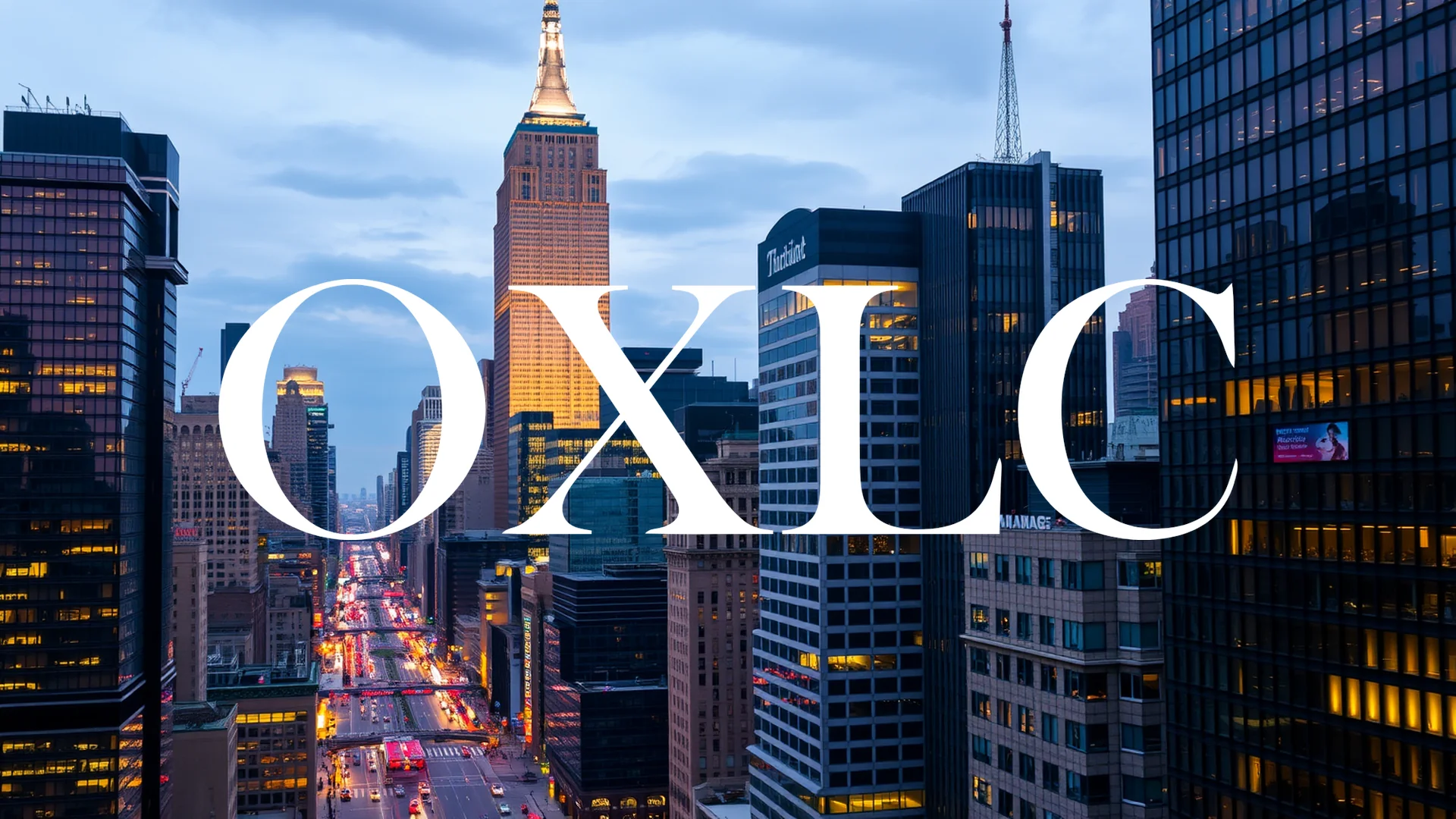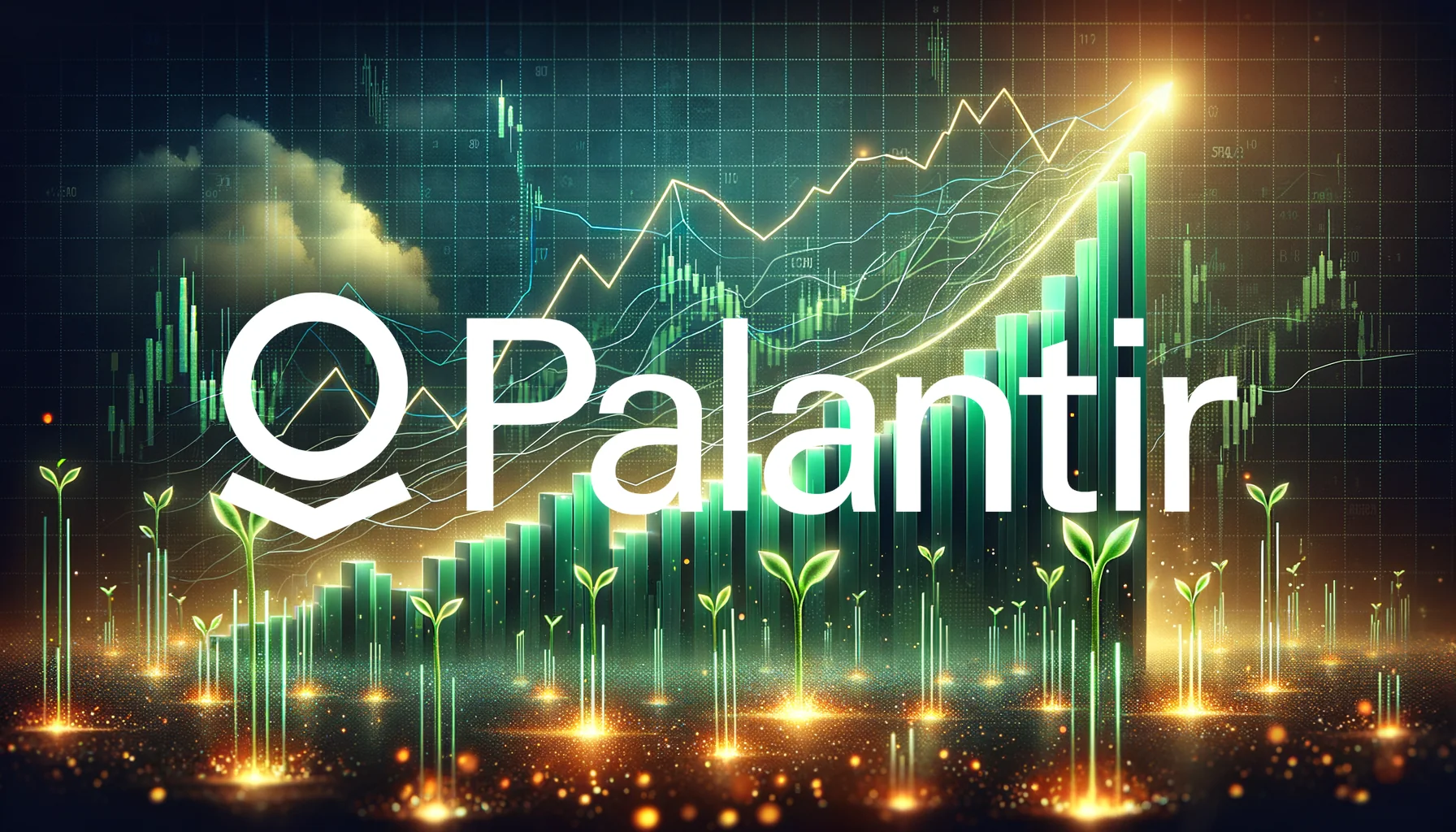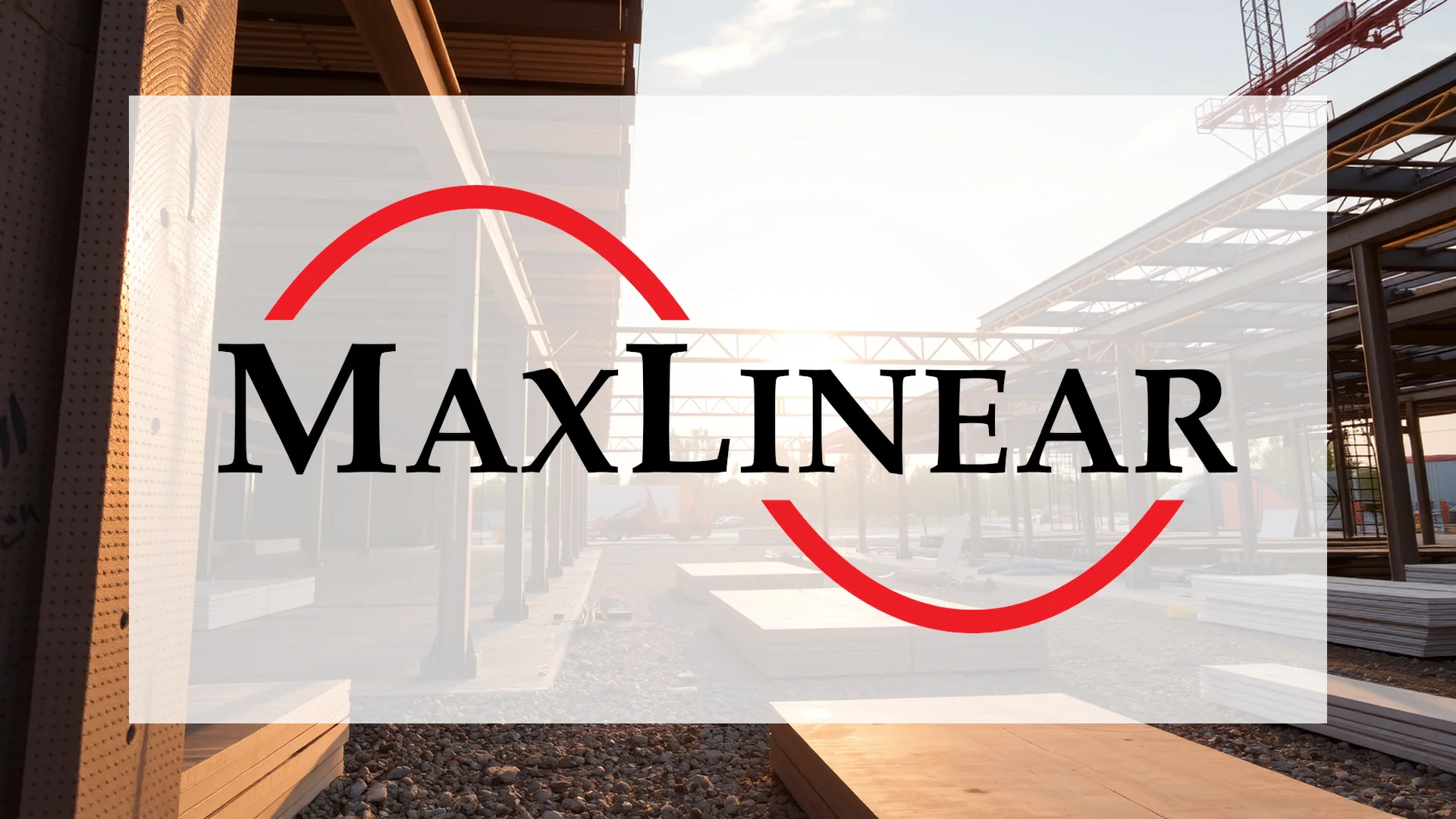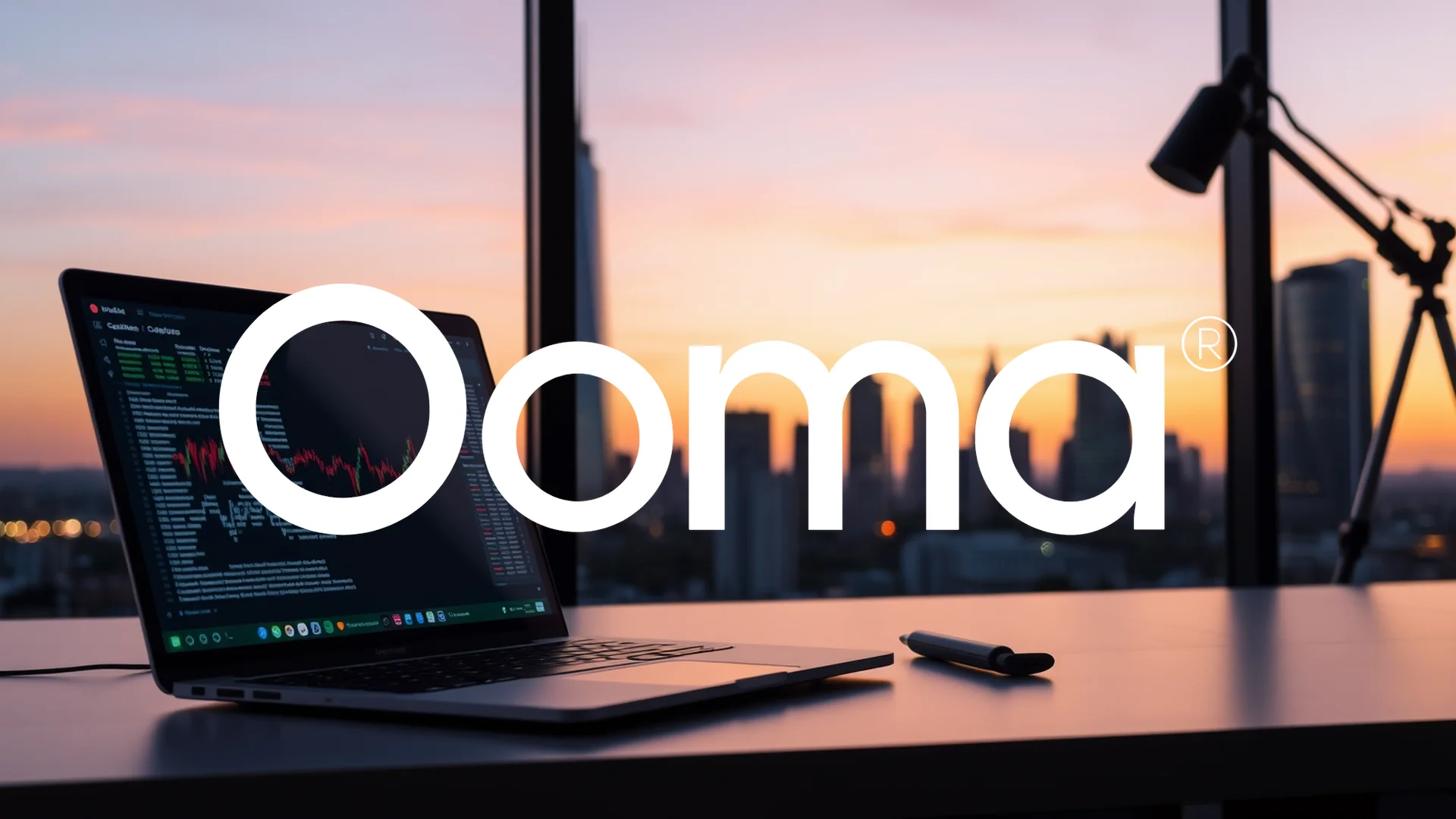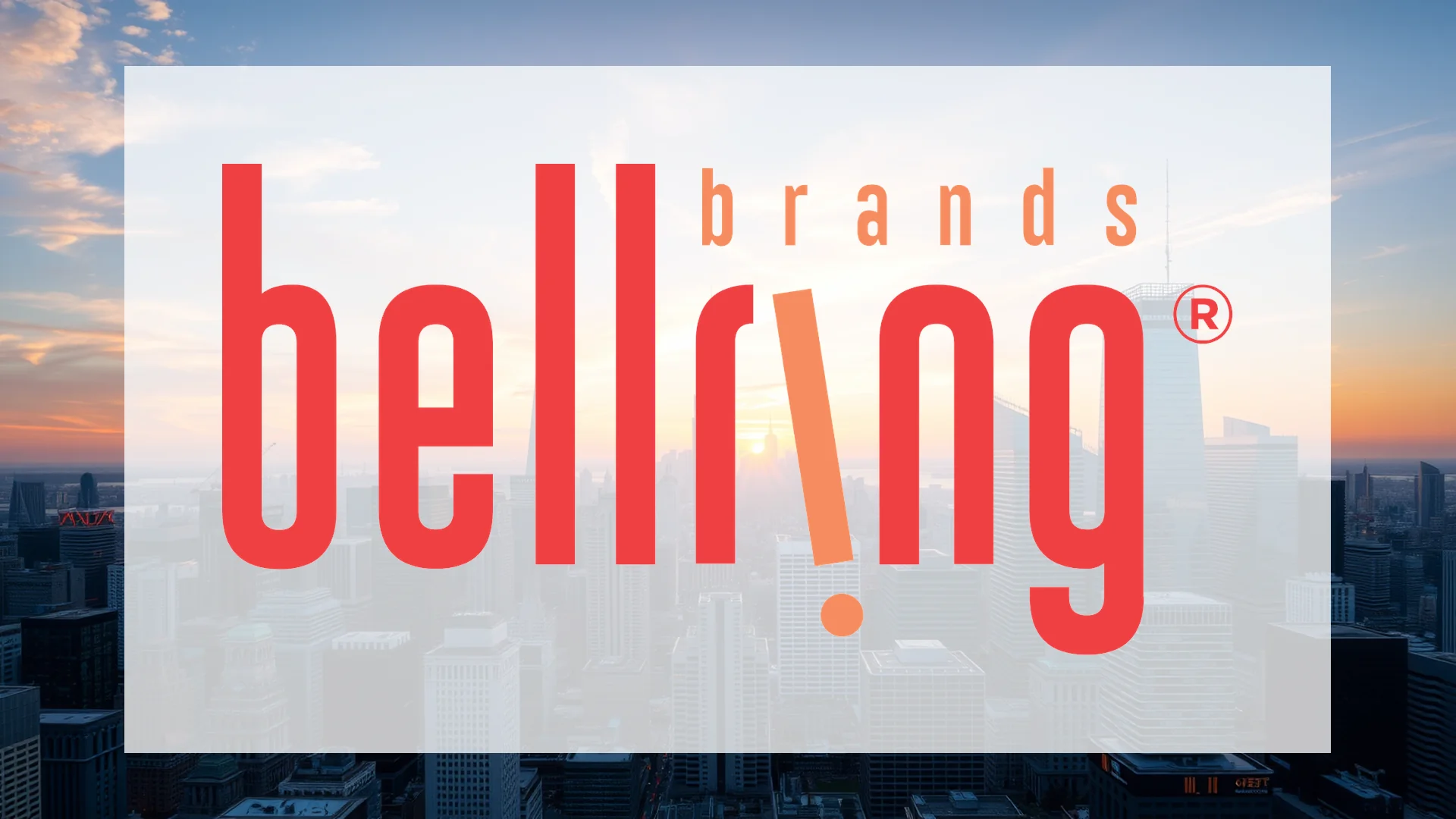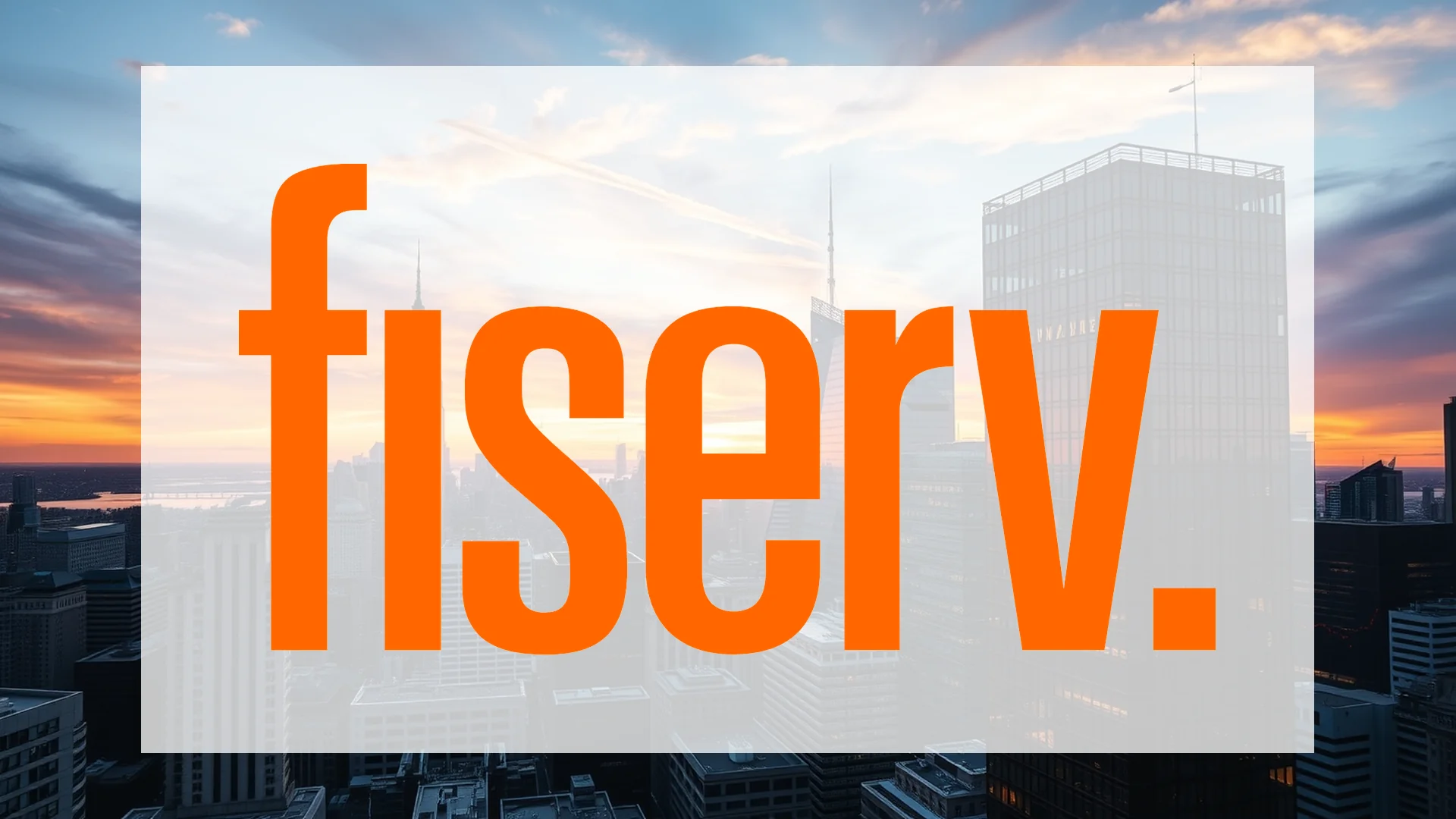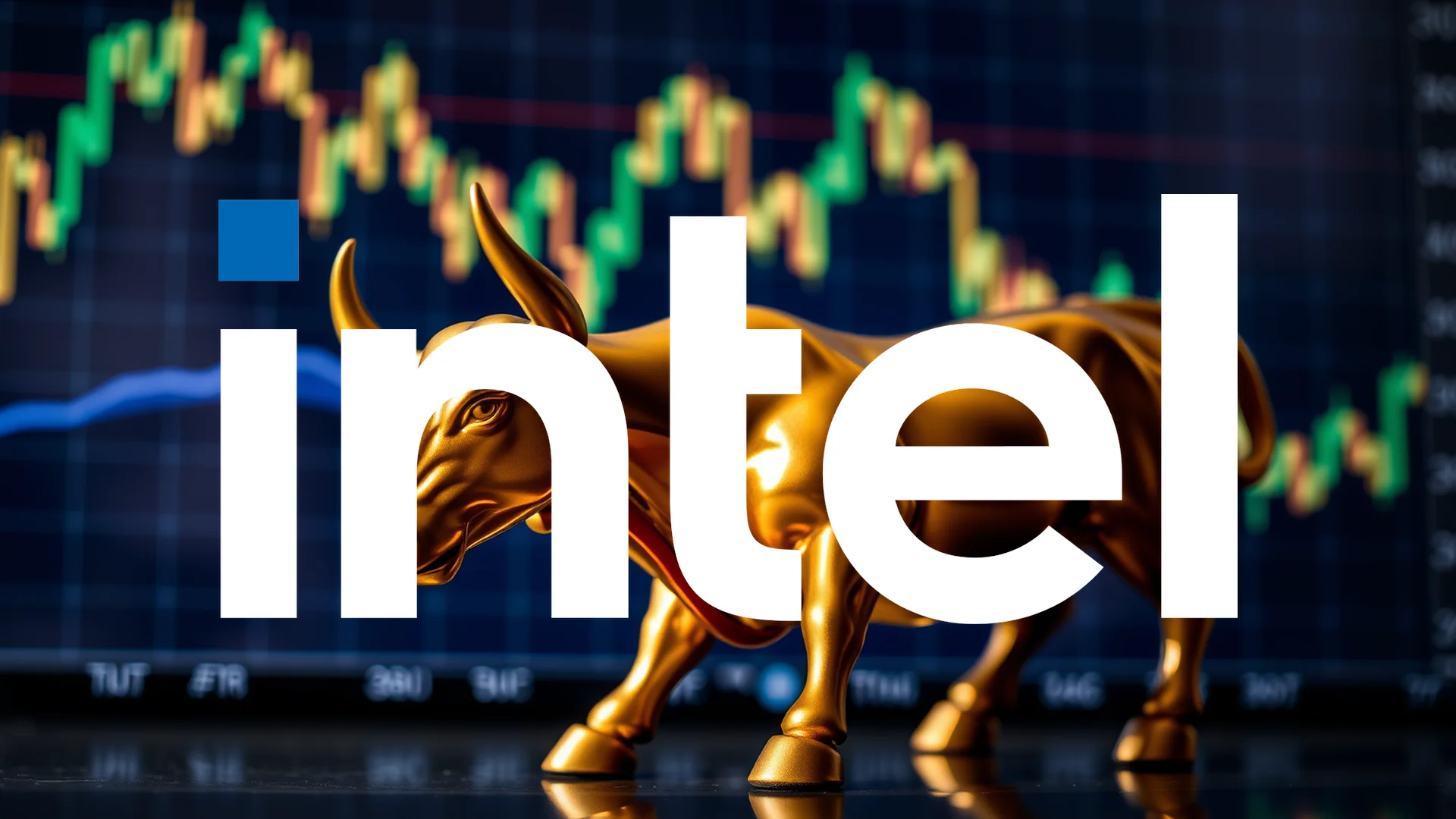PepsiCo finds itself navigating a complex dual-track strategy that presents investors with a compelling puzzle. The beverage and snack conglomerate is making significant moves on two contrasting fronts: a major capital investment in an emerging market while simultaneously confronting substantial cost pressures in its core domestic market.
Strategic Expansion in West Africa
The company has officially opened a new $20 million-plus manufacturing facility in Lagos, Nigeria, dedicated to producing its popular Cheetos snack brand. This substantial investment represents far more than a simple operational efficiency play. It signals PepsiCo’s deep, long-term commitment to the West African market and forms a crucial part of its broader strategy to target high-growth emerging economies.
The timing of this expansion appears strategically sound. While mature markets like the United States face challenges with stagnating growth rates, developing economies such as Nigeria offer substantial untapped potential. The Nigerian government has explicitly welcomed Pepsi’s investment, providing valuable political support that could facilitate future expansion initiatives within the region.
Complementing its manufacturing investment, PepsiCo is simultaneously strengthening its community engagement in Nigeria. The company has launched a water initiative in partnership with DP World and WaterAid, designed to benefit approximately 6,500 local residents. This approach of establishing strong local roots may provide PepsiCo with a meaningful competitive advantage in the region.
Should investors sell immediately? Or is it worth buying Pepsi?
Mounting Cost Pressures in the US Market
While the company expands internationally, significant challenges are emerging closer to home. US tariffs on aluminum—a critical raw material for beverage cans—are creating substantial margin pressure for PepsiCo’s operations. Financial markets have already reacted negatively to these developments.
In response to these mounting cost pressures, the corporation is considering price increases of approximately 10 percent on its soft drink products. This presents a delicate balancing act, as elevated prices risk driving consumers toward competitor products and potentially reducing sales volumes.
For investors, the central question remains whether growth opportunities in emerging markets can sufficiently offset and ultimately outweigh the cost inflation affecting developed markets. The company’s upcoming quarterly earnings report is expected to provide initial indications of how this strategic balancing act is progressing.
Ad
Pepsi Stock: Buy or Sell?! New Pepsi Analysis from November 21 delivers the answer:
The latest Pepsi figures speak for themselves: Urgent action needed for Pepsi investors. Is it worth buying or should you sell? Find out what to do now in the current free analysis from November 21.
Pepsi: Buy or sell? Read more here...

